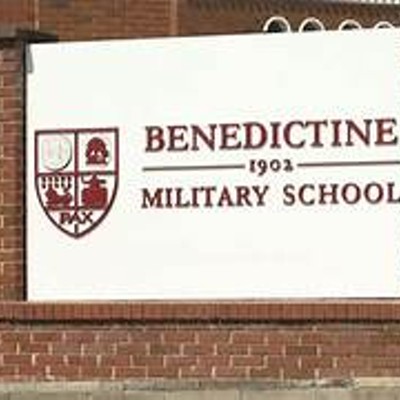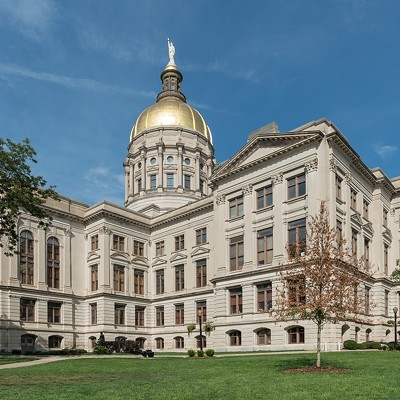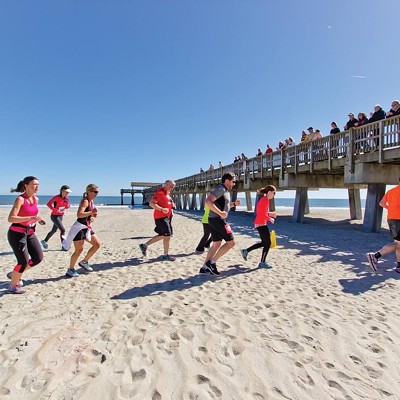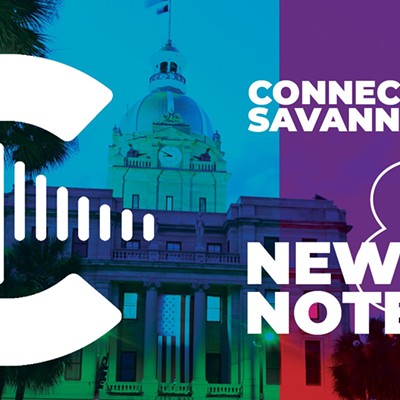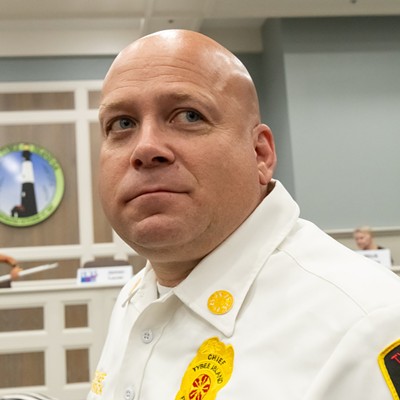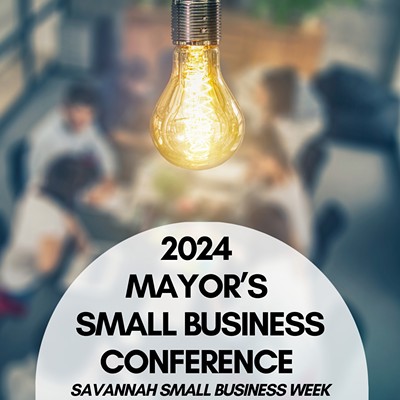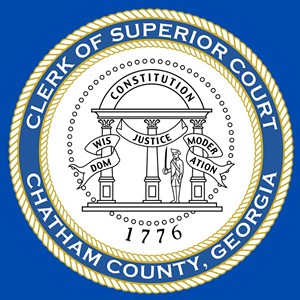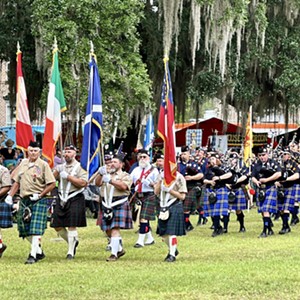A brief return to Korea
[
{
"name": "Air - MedRect Combo - Inline Content 1",
"component": "14680855",
"insertPoint": "7",
"requiredCountToDisplay": "5",
"parentWrapperClass": "fdn-ads-inline-content-block"
},{
"name": "Air - MedRect Combo - Inline Content 2",
"component": "14680856",
"insertPoint": "15",
"requiredCountToDisplay": "9",
"parentWrapperClass": "fdn-ads-inline-content-block"
},{
"name": "Air - SVP - Leaderboard - Inline Content - 2",
"component": "16852291",
"insertPoint": "10",
"requiredCountToDisplay": "10",
"parentWrapperClass": "fdn-ads-inline-content-block"
},{
"name": "Air - SVP - Leaderboard - Inline Content - 3",
"component": "16852292",
"insertPoint": "20",
"requiredCountToDisplay": "18",
"parentWrapperClass": "fdn-ads-inline-content-block"
},{
"name": "Air - SVP - Leaderboard - Inline Content - 1",
"component": "16852290",
"insertPoint": "25",
"requiredCountToDisplay": "22",
"parentWrapperClass": "fdn-ads-inline-content-block"
}
]
During the summer of 2004, when I was contacted by the Atlanta area Korean community leaders of the Pyungtong (Advisory Council on Democratic and Peaceful Unification of Korea--ACDPUK) to sign up for the International Conference of the ACDPUK to be held in Seoul, Korea, my wife Sarah and I gladly applied for the trip to both South Korea and North Korea.
As I recall, this was one of the most memorable trips that we ever made so far. Sarah and I left on Sept. 30 and after a 15-hour flight, arrived at Inchon International Airport on Oct. 1.
For three days, from Oct. 4-7, we had to attend the Pyungtong Plenary Session meeting held at Chamsil Lotte Hotel in Seoul, Korea. After a three-day conference of the "Pyungtong" meeting, on the last day, they allowed us to visit "Blue House," the presidential residence of the Republic of Korea.
Since President Roh Moo-Hyun was on his diplomatic mission to India and Vietnam at the time, the Blue House Chief of Staff Mr. Kim Woo-Shik (former president of Yonsei University) officially greeted us. It so happened that he is my wife Sarah's paternal uncle, and they had not seen for the past 30 years or so. So it was a somewhat special occasion for my wife.
During the evening of Oct. 7, we traveled by chartered buses -- 18 of them -- to the Northeastern Kangwon Province mountain region. In total, about 450 of us -- primarily overseas Korean members of the "Pyungtong" from the Eastern region of the U.S., Canada, Europe, Oceania, Middle East, Northern Africa, Russia, and Central Asia -- checked in to the Tourist hotel at Kosung, Kangwon Province, just about 20 kilometers from the Demilitarized Zone (DMZ).
We were told that our group was the largest to visit for such an occasion. Usually they limit the total number of visitors to a manageable 125 or so.
So by the time our bus arrived at nine-storied ocean side Kumgang Tourist Hotel, built by Asan Development Corp. (a subsidiary of the Hyundai Group, which enjoyed exclusive business permit granted by the North Korean government), we were dead tired as it was close to 11 p.m.
On Oct. 8, after a quick breakfast, at 8 a.m. we traveled to the DMZ, which is guarded two kilometers to the south by South Korean MPs and another two kilometers to the North by North Korean soldiers.
Just before the bus entered the North Korean DMZ side, we had to disembark from the bus and had to go through the exit permit procedure set up by the South Korean Immigration and Customs office. Passengers on all 18 buses had to endure the tedious, time-consuming exit check-up procedure. We must have spent about 40 minutes or so just to wait for our turn.
As our bus entered the North Korean side of the DMZ, two North Korean soldiers entered our bus; one fellow stood on the aisle of the passenger seat, glaring at us, while another one proceeded to the central aisle of seat, carefully checking each passenger. It reminded me of the spot check of the passing civilian buses by the South Korean Army MPs during the Korean War period.
One strange arrangement was that the North Korean civilians and their soldiers were using a separate road, mostly walking or on bicycles away from the expressway built for the tourist bus from South Korea. The North Korean soldiers looked awfully young and small in size, with almost boyish-looking features. They avoided eye contact with our group of overseas Korean visitors.
After crossing the North Korean side of the DMZ, then once again all of us in 18 buses had to disembark and had to go through the similar entrance permit check-up procedure manned by North Korean soldiers -- not like the South Korean civilian customs & immigration officials.
When we arrived at the final destination, it was close to 10 a.m. From that place, we had to climb up the steep mountain path. Having seen the Niagara Falls, and Yellow Stone National Park in the U.S., frankly I was a little disappointed in the Kumkang Mountain scenery. All you find there are huge granite stones and stone mountains, something that we can easily find in the northern part of the Atlanta area.
However, the stream was pristine, and natural surroundings were kept clean, with no sign of any pollution or litter.
During the mountain path climbing, both of us being senior citizens, we gave up at about half way point from the famous Kuryong Falls and the summit. When we returned to the main Gift Shop areas at the down slope side of the mountain, we asked the sales clerks whether they were North Koreans.
To our surprise, they said that they were Chosun Jok (Korean minority) of the China-North Korea border regions. Apparently North Koreans did not want to contaminate their own citizens with the "bourgeois" taste of the visiting South Koreans or overseas Koreans.
In the strategic uphill paths, they set up North Korean "kiosks" and they were selling baked "Song-i" mushrooms for $6 a small plate, and strangely charging same amount of $2 for both coffee and imported Heineken Dutch beer.
For the use of a "pay" restroom, it cost $2 for #1 (urination), and $4 for #2 (you know what). I wonder how they check on this.
We returned back to the Tourist Hotel at 5 p.m. Stayed overnight there and returned back to Seoul the following morning. Upon our return trip, we had to go through the same routine of departure-permit from the North Korean side, then the entrance-permit by the South Korean side.
It really was a strange feeling to go through such a cumbersome procedure of getting exit permit and entrance permit from both North Korean and South Korean side. After all, we are the same Korean race, speaking the same language, and with similar customs, etc.
On Oct. 9, we flew from Kimpo Domestic Airport down to Pusan-Chinhae Airport (the most southeastern region), and traveled by bus to the Geoje Island, the second largest island in South Korea. There were 25 of us from the Atlanta Chapter of the ACDPUK and we were greeted by the Geoje City, South Korea Chapter members of the ACDPUK who rolled out the red carpet for us.
The major purpose of the trip to Geoje Island by our Atlanta Chapter members of the ACDPUK was to sign a "sister organization" agreement with ACDPUK members of Geoje Island. We found out that most of the civic and business leaders of the island were bona fide members of the ACDPUK.
A ceremony was held at the Geoje Art Center, a most impressive contemporary style civic center located in the town. During the evening performance at the theater there, we watched singing by North Korean artists who defected to South Korea.
The following day, we traveled to the historic park of the Korean War Geoje POW Camp. During the Korea War it accommodated approximately 150,000 North Korean POWs and 20,000 Chinese Communist POWs. We also had an opportunity to travel to the Geoje Fishing Village Folk Museum.
Then we visited two major shipyards by Daewoo Shipbuilding and Maritime Engineering Co.(DSME) and Samsung Heavy Industry Co., which constructed super tanker ships and even many other super-size cruise ships. Due to the strategic location of these two shipbuilding industrial complexes at the Geoje Island, we noticed the overall affluence and uplifted Island living standards.
During our trip to the Geoje Island, we learned that the per capita income of the Geoje Island people was approximately $20,000, somewhat higher than the South Korean national average per capita income of $14,000. As of 2004, the population of Geoje Island is approximately 188,000.
Our return trip to the U.S. was a little better -- only 12 hours trip back home instead of 15 hours to Korea. One bit of bad news is that I lost the Canon PowerShot A-60 digital camera back at Kimpo Domestic Airport, so most of the memorable pictures that I have taken during the trip to Kumkang Mtn are gone. That is the one major disappointment for us.
Oh well, perhaps next time when Korea is really unified, then we will revisit the same routine, if our physical strengths hold.
That reminded me of a sight-seeing experience in Beijing, China in 1988 during my trip to the Great Wall, about a two-hour bus ride from Beijing and then climbing up the steep hill.
I saw several fine looking elderly Caucasian couples who were panting heavily at the down slope side of the Great Wall. When you are young and can travel, you are constricted because of financial situation. When you are old and can afford to travel, your physique constrains your agility.
Well, life is like a fleeting scene. We start from dust, we end up with dust.
Dr. Steve Y. Rhee is retired in 2003 from 30 years teaching Political Science (International Relations) at Armstrong Atlantic State University, where he now teaches on a part time basis.
As I recall, this was one of the most memorable trips that we ever made so far. Sarah and I left on Sept. 30 and after a 15-hour flight, arrived at Inchon International Airport on Oct. 1.
For three days, from Oct. 4-7, we had to attend the Pyungtong Plenary Session meeting held at Chamsil Lotte Hotel in Seoul, Korea. After a three-day conference of the "Pyungtong" meeting, on the last day, they allowed us to visit "Blue House," the presidential residence of the Republic of Korea.
Since President Roh Moo-Hyun was on his diplomatic mission to India and Vietnam at the time, the Blue House Chief of Staff Mr. Kim Woo-Shik (former president of Yonsei University) officially greeted us. It so happened that he is my wife Sarah's paternal uncle, and they had not seen for the past 30 years or so. So it was a somewhat special occasion for my wife.
During the evening of Oct. 7, we traveled by chartered buses -- 18 of them -- to the Northeastern Kangwon Province mountain region. In total, about 450 of us -- primarily overseas Korean members of the "Pyungtong" from the Eastern region of the U.S., Canada, Europe, Oceania, Middle East, Northern Africa, Russia, and Central Asia -- checked in to the Tourist hotel at Kosung, Kangwon Province, just about 20 kilometers from the Demilitarized Zone (DMZ).
We were told that our group was the largest to visit for such an occasion. Usually they limit the total number of visitors to a manageable 125 or so.
So by the time our bus arrived at nine-storied ocean side Kumgang Tourist Hotel, built by Asan Development Corp. (a subsidiary of the Hyundai Group, which enjoyed exclusive business permit granted by the North Korean government), we were dead tired as it was close to 11 p.m.
On Oct. 8, after a quick breakfast, at 8 a.m. we traveled to the DMZ, which is guarded two kilometers to the south by South Korean MPs and another two kilometers to the North by North Korean soldiers.
Just before the bus entered the North Korean DMZ side, we had to disembark from the bus and had to go through the exit permit procedure set up by the South Korean Immigration and Customs office. Passengers on all 18 buses had to endure the tedious, time-consuming exit check-up procedure. We must have spent about 40 minutes or so just to wait for our turn.
As our bus entered the North Korean side of the DMZ, two North Korean soldiers entered our bus; one fellow stood on the aisle of the passenger seat, glaring at us, while another one proceeded to the central aisle of seat, carefully checking each passenger. It reminded me of the spot check of the passing civilian buses by the South Korean Army MPs during the Korean War period.
One strange arrangement was that the North Korean civilians and their soldiers were using a separate road, mostly walking or on bicycles away from the expressway built for the tourist bus from South Korea. The North Korean soldiers looked awfully young and small in size, with almost boyish-looking features. They avoided eye contact with our group of overseas Korean visitors.
After crossing the North Korean side of the DMZ, then once again all of us in 18 buses had to disembark and had to go through the similar entrance permit check-up procedure manned by North Korean soldiers -- not like the South Korean civilian customs & immigration officials.
When we arrived at the final destination, it was close to 10 a.m. From that place, we had to climb up the steep mountain path. Having seen the Niagara Falls, and Yellow Stone National Park in the U.S., frankly I was a little disappointed in the Kumkang Mountain scenery. All you find there are huge granite stones and stone mountains, something that we can easily find in the northern part of the Atlanta area.
However, the stream was pristine, and natural surroundings were kept clean, with no sign of any pollution or litter.
During the mountain path climbing, both of us being senior citizens, we gave up at about half way point from the famous Kuryong Falls and the summit. When we returned to the main Gift Shop areas at the down slope side of the mountain, we asked the sales clerks whether they were North Koreans.
To our surprise, they said that they were Chosun Jok (Korean minority) of the China-North Korea border regions. Apparently North Koreans did not want to contaminate their own citizens with the "bourgeois" taste of the visiting South Koreans or overseas Koreans.
In the strategic uphill paths, they set up North Korean "kiosks" and they were selling baked "Song-i" mushrooms for $6 a small plate, and strangely charging same amount of $2 for both coffee and imported Heineken Dutch beer.
For the use of a "pay" restroom, it cost $2 for #1 (urination), and $4 for #2 (you know what). I wonder how they check on this.
We returned back to the Tourist Hotel at 5 p.m. Stayed overnight there and returned back to Seoul the following morning. Upon our return trip, we had to go through the same routine of departure-permit from the North Korean side, then the entrance-permit by the South Korean side.
It really was a strange feeling to go through such a cumbersome procedure of getting exit permit and entrance permit from both North Korean and South Korean side. After all, we are the same Korean race, speaking the same language, and with similar customs, etc.
On Oct. 9, we flew from Kimpo Domestic Airport down to Pusan-Chinhae Airport (the most southeastern region), and traveled by bus to the Geoje Island, the second largest island in South Korea. There were 25 of us from the Atlanta Chapter of the ACDPUK and we were greeted by the Geoje City, South Korea Chapter members of the ACDPUK who rolled out the red carpet for us.
The major purpose of the trip to Geoje Island by our Atlanta Chapter members of the ACDPUK was to sign a "sister organization" agreement with ACDPUK members of Geoje Island. We found out that most of the civic and business leaders of the island were bona fide members of the ACDPUK.
A ceremony was held at the Geoje Art Center, a most impressive contemporary style civic center located in the town. During the evening performance at the theater there, we watched singing by North Korean artists who defected to South Korea.
The following day, we traveled to the historic park of the Korean War Geoje POW Camp. During the Korea War it accommodated approximately 150,000 North Korean POWs and 20,000 Chinese Communist POWs. We also had an opportunity to travel to the Geoje Fishing Village Folk Museum.
Then we visited two major shipyards by Daewoo Shipbuilding and Maritime Engineering Co.(DSME) and Samsung Heavy Industry Co., which constructed super tanker ships and even many other super-size cruise ships. Due to the strategic location of these two shipbuilding industrial complexes at the Geoje Island, we noticed the overall affluence and uplifted Island living standards.
During our trip to the Geoje Island, we learned that the per capita income of the Geoje Island people was approximately $20,000, somewhat higher than the South Korean national average per capita income of $14,000. As of 2004, the population of Geoje Island is approximately 188,000.
Our return trip to the U.S. was a little better -- only 12 hours trip back home instead of 15 hours to Korea. One bit of bad news is that I lost the Canon PowerShot A-60 digital camera back at Kimpo Domestic Airport, so most of the memorable pictures that I have taken during the trip to Kumkang Mtn are gone. That is the one major disappointment for us.
Oh well, perhaps next time when Korea is really unified, then we will revisit the same routine, if our physical strengths hold.
That reminded me of a sight-seeing experience in Beijing, China in 1988 during my trip to the Great Wall, about a two-hour bus ride from Beijing and then climbing up the steep hill.
I saw several fine looking elderly Caucasian couples who were panting heavily at the down slope side of the Great Wall. When you are young and can travel, you are constricted because of financial situation. When you are old and can afford to travel, your physique constrains your agility.
Well, life is like a fleeting scene. We start from dust, we end up with dust.
Dr. Steve Y. Rhee is retired in 2003 from 30 years teaching Political Science (International Relations) at Armstrong Atlantic State University, where he now teaches on a part time basis.

